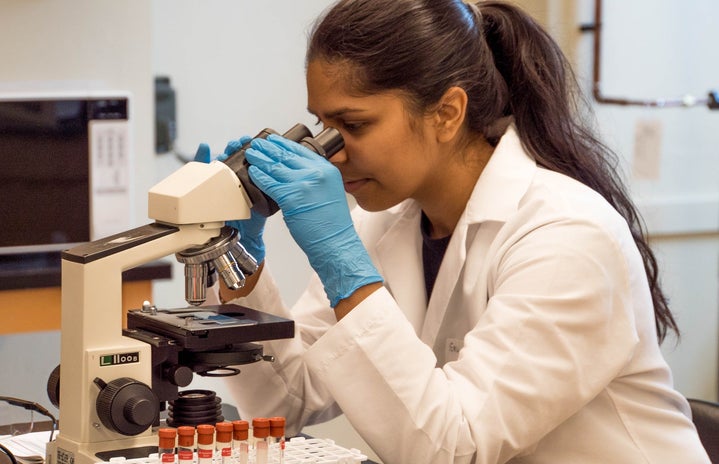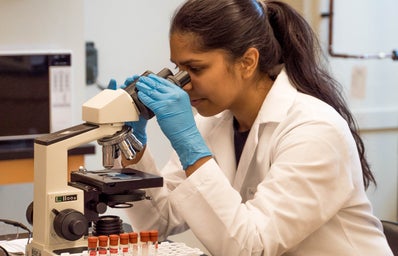The scientists at Berkeley have pioneered novelty once again. While gene therapy has been a prominent form of research in the last decade, it has now been utilized as a potential cure for blindness.
Macular degeneration is the a common age-related degeneration disease that affects around 170 million individuals worldwide, usually affecting 1 in 10 individuals over 55. Retinitis pigmentosa is the most common form of inherited blindness which affects 1.7 million individuals worldwide.
Using blind mice, scientists at UC Berkeley inserted a gene for a green light receptor into their eyes and in a month, these mice began to regain sight. The formerly blind mice were able to navigate its environment as smoothly as normal sighted mice. Researchers are suggesting that in around three years, gene therapy could be tried as treatment for in individuals who have blindness in the form of retinal degeneration.
As Professor Isacoff stated to Berkeley News, “You would inject this virus into a person’s eye and, a couple months later, they’d be seeing something. But something that restores an image in a few months — it is an amazing thing to think about.”
In greater detail, this form of therapy requires injecting inactivated viruses into the a portion of the eye known as the vitreous, the clear jelly-like substance in the middle of the eye. The vitreous will carry the virus to the retinal ganglion cells and the virus will deliver the gene to the “blind” ganglion cells. Ganglion cells are the cells that integrate visual input from photoreceptors and other intermediate cells and their axons form the optic nerve which projects to the brain. The newly delivered gene will allow the ganglion cells to become light sensitive and allow for restoration of sight. The team at Berkeley was able to make around 90% of ganglion cells light sensitive which is considered a large success.
One potential consideration at hand between the mice experimental models compared to human models is that the human eye has thousands more ganglion cells than that of mice. The Berkeley team will be developing methods of enhancing the viral delivery as more virus particles will be needed to reach the large number of ganglion cells for humans.
While there will be extensive continued research on the matter, this current state of this research is incredible and is a hope for curing blindness. Be on the lookout for more developments in the next few years!


